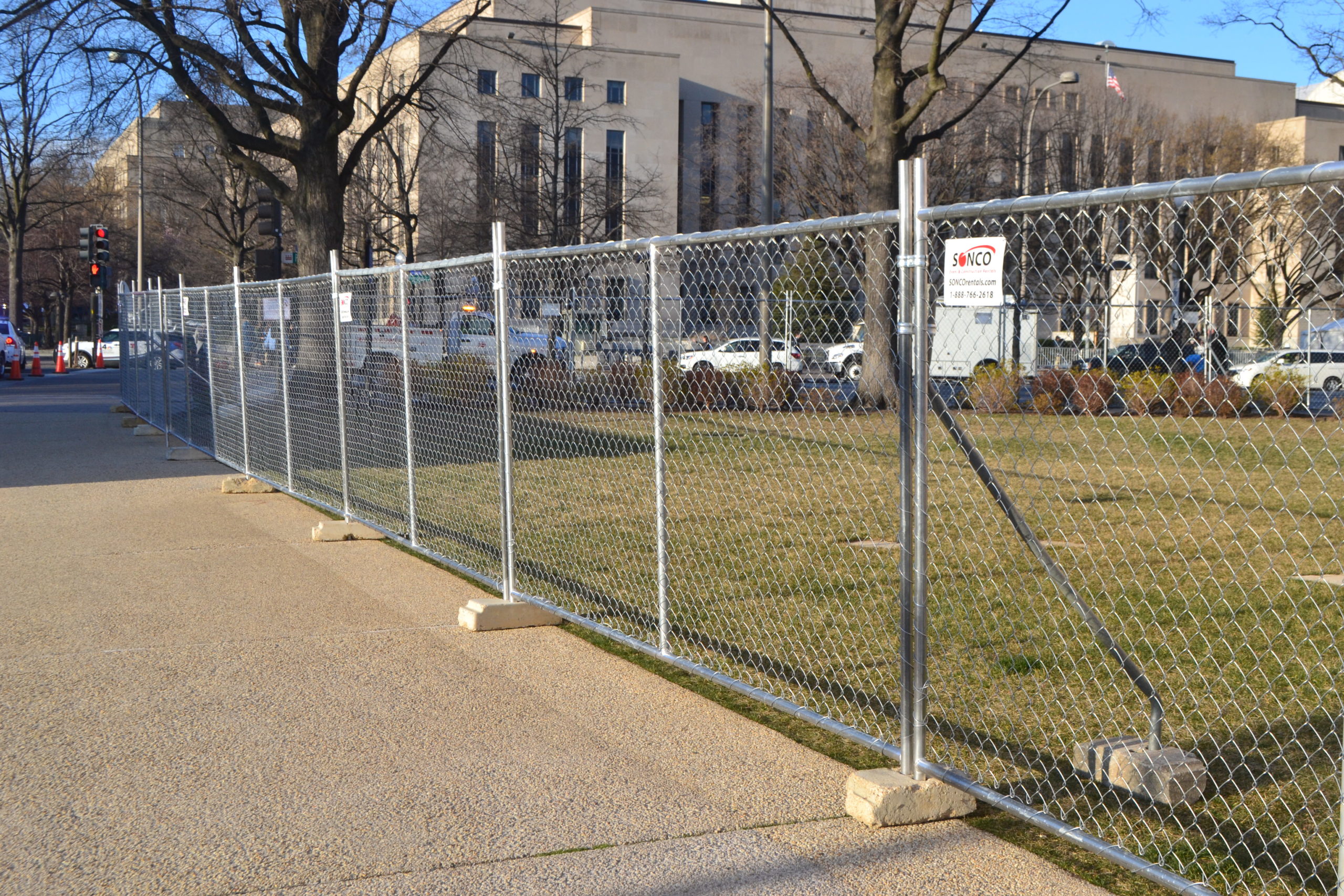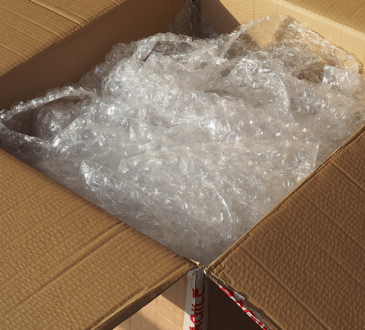
Temporary fencing is an essential element of many construction sites, public events, and outdoor gatherings. However, it is important to recognize that these fences can pose significant safety risks if not installed and maintained properly. From trips and falls to potential accidents with heavy machinery, the dangers associated with temporary fencing can cause serious harm if not taken seriously.
As such, it is crucial for companies and individuals to prioritize safety when it comes to temporary fencing. With a few simple tips and tricks, you can ensure that your temporary fence is properly installed, secure, and safe for all those who come into contact with it. This blog post will provide you with a comprehensive guide to temporary fence safety, covering everything from choosing the right materials to proper installation techniques.
1. Assess potential hazards in the area.
As temporary fencing is commonly used in construction sites and events, ensuring safety for workers and attendees is crucial. One of the first steps in promoting a safe environment is to assess potential hazards in the area before installing the fence. This includes identifying any uneven terrain, obstacles, or nearby hazards such as electrical wires or underground utilities.
It is important to also consider the weather conditions and take necessary precautions such as anchoring the fence securely in case of strong winds. By taking the time to assess the area for potential hazards, we can better plan and implement safety measures to prevent accidents and promote a secure work or event environment.
2. Install fencing on solid footing.
When it comes to installing temporary fencing, safety should always be the top priority. One important safety tip is to ensure that the fencing is installed on solid footing. This means that the base of the fencing should be secured to a stable and level ground surface, such as concrete or asphalt. Installing fencing on unstable or uneven ground can cause it to tip over, potentially causing injury or damage to property. It is also important to use appropriate anchors or weights to secure the fencing in place, especially in areas with high winds or inclement weather.
By following this safety tip and ensuring that your temporary fencing is installed on solid footing, you can help prevent accidents and ensure a safe and secure environment.
3. Regularly inspect fence integrity.
Regularly inspecting the integrity of your temporary fence is essential to ensure the safety of your construction site, event, or any other temporary enclosure. It is important to inspect the fence for any signs of damage, including bent or broken panels, posts, or couplers. Any damaged components should be immediately repaired or replaced to prevent the fence from collapsing or posing a hazard to workers or the public.
Additionally, inspecting the fence for stability and ensuring it is properly anchored is crucial to prevent it from tipping over or shifting during high winds or storms. Regular inspections should be conducted by trained personnel and should be documented to maintain a record of any repairs or replacements. By following this safety tip, you can ensure the integrity of your temporary fence and provide a safe environment for all those onsite.
4. Keep gates securely locked.
When it comes to safety tips for temporary fencing, one important measure to consider is keeping gates securely locked. This is especially crucial in areas that require high security, such as construction sites, events with valuable equipment, or other sensitive locations. Failing to properly lock gates can lead to unauthorized access, theft, or even injury to individuals who should not be in the area.
It is important to ensure that all gates are equipped with secure locks and that they are checked regularly to ensure they are functioning properly. Proper locking mechanisms can range from padlocks to combination locks to electronic systems, depending on the level of security required. Overall, keeping gates securely locked is a simple yet critical step in maintaining a safe and secure temporary fencing system.
5. Train staff on proper usage.
One of the most important safety tips for temporary fencing is to train your staff on proper usage. This will help to prevent accidents and injuries, and ensure that your fencing is being used correctly. Staff should be educated on how to properly install, dismantle, and store the fencing, as well as how to identify any potential hazards or safety issues. They should also be trained on how to properly secure the fencing to prevent it from falling over or being knocked down by high winds or other environmental factors.
In conclusion, implementing safety measures when installing and using temporary fencing is crucial to protect workers, property, and the public. By following the guidelines and safety tips provided by industry experts, you can ensure that your temporary fencing project is safe and secure. Remember to assess the site before installation, regularly inspect the fence for damage or instability, and use appropriate signage and barricades to alert people to the presence of the fence. By prioritizing safety, you can complete your temporary fencing project with confidence and peace of mind.



